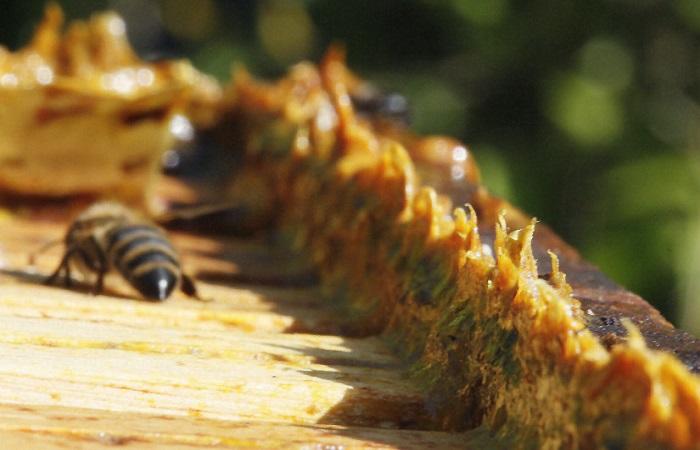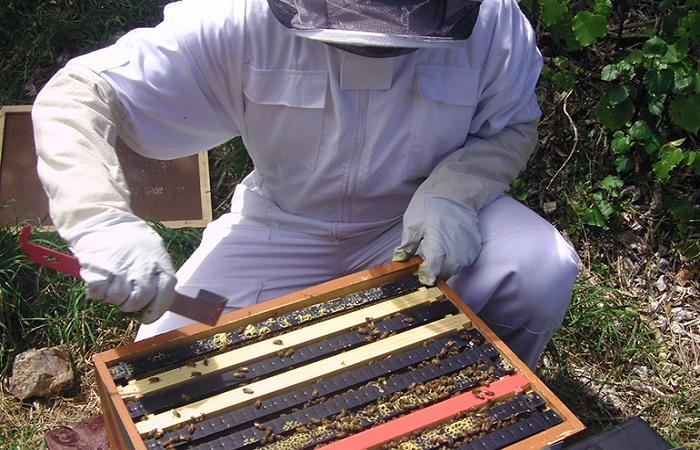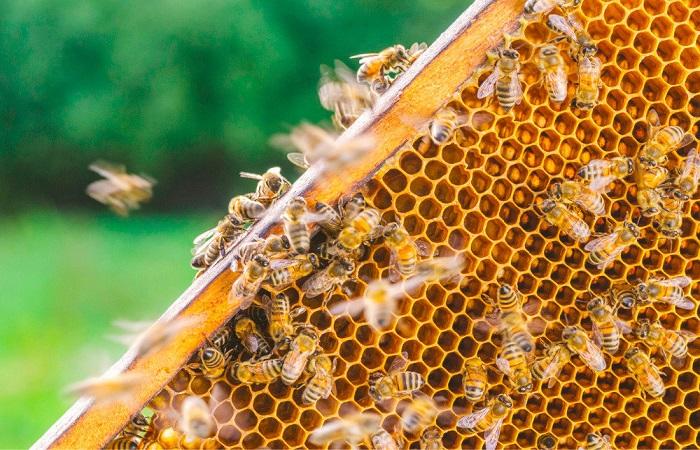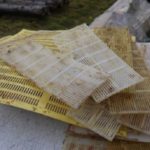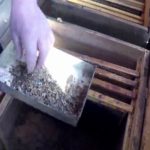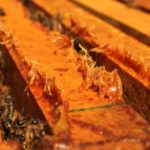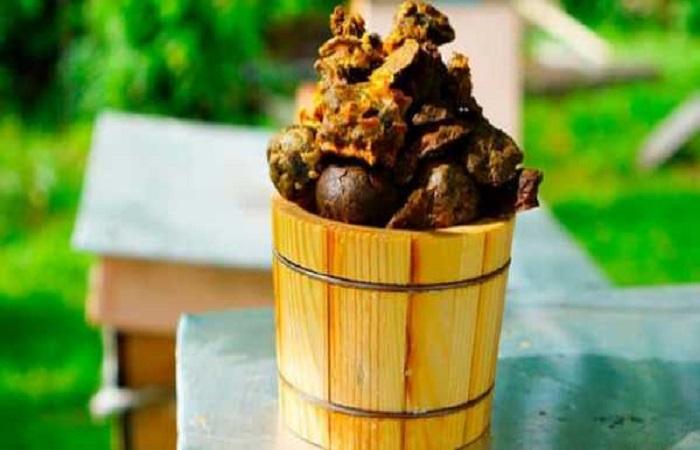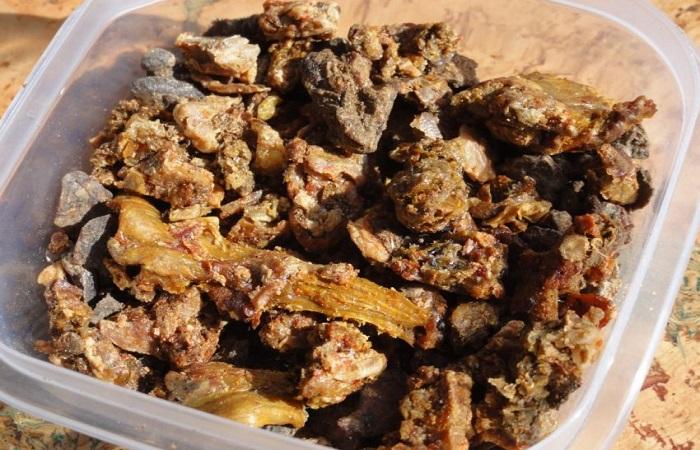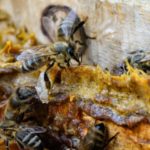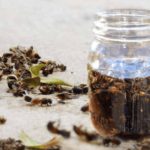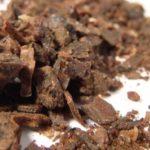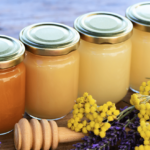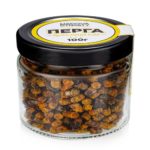An important job for a beekeeper is collecting and preparing propolis. The product, called bee glue, is highly valued by traditional medicine practitioners. On the one hand, its assembly is not that difficult, but on the other hand, you have to work carefully. In order to understand how to properly collect propolis without harming the bees, you will have to take into account a number of important rules and expert advice.
Collection methods
The substance is removed from the honeycomb mechanically.It has to be scraped off from all surfaces of the hive: canvases, frames, walls of the body. Most of the product is on the grates. Despite the time-consuming task, the final result is very small - this is normal. There are several ways to collect propolis.
Using a shield
Actively used by owners of a large number of hives. In each of them, a special grid is pre-installed where insects store material.
- First you need to make a shield from available material: plastic, wood. There should be a small distance between each of the strips - about 3 mm.
- The result is set on top of the frames. It needs to be covered with a canvas of a similar size so that it does not stick to the hive cover. The distance between the top cover and the shield should also be present - about 8-10 mm.
- Do not remove the shield until its grille is covered with propolis.
- All that remains is to collect the material - scrape it off with a suitable tool.
Important! Carrying out the listed manipulations does not involve the need to smoke out the bees.
Using a bee chisel
Another tool designed for collecting propolis. The chisel is sold in specialized stores for beekeepers. It is smaller and lighter than construction material. With its help, it is easy not only to clean the frames from bee glue, but also to move them apart without damage.
Externally, it is a durable plate of iron. One end of it is pointed on both sides, and the other - only on one side, bent at a right angle. The exact size of the chisel doesn't really matter. It all depends on the personal preferences of the beekeeper.
Fact! Propolis is usually collected with a chisel by the owners of a small apiary.
Brazilian way
The basis of the next collection option is to create a hole in the hive body. A pair of slats of small length - up to 1.5 cm - are attached to it from the inside. This helps to create an additional draft, which will not make the bees very happy. They will do their best to actively patch it up with propolis. All that remains for the beekeeper is to periodically change the slats with the collected material.
When to collect?
The ideal time to prepare bee glue is the end of the collection season (last ten days of August, mid-September). Some experienced beekeepers postpone the procedure until spring, motivating their decision by the fact that during this period the bees do not need glue, and its disappearance from the hive will not be critical for them.
Before the procedure, you need to assess the situation in the hive and the condition of the family. If the insects are lethargic, weak and inactive, it is better to postpone the collection to another time.
Important! It is prohibited to perform the procedure in late autumn, winter or immediately after the snow melts.
How to collect propolis correctly
The quality of bee glue directly depends on how it was assembled. Beekeepers extract the product by hand, scraping it from the frames with a chisel or devices with similar pointed parts.
In the hot summer, gauze covering the frames is used to more accurately collect propolis. After extraction, it is placed in the freezer, and after a day the entire product is easily scraped off.
Attention! To ensure that the bees do not experience serious stress from what is happening during their work, the procedure is carried out early in the morning or late in the evening.
Before preparing bee glue for storage, it must be thoroughly cleaned. First, large debris is removed from the material, then the propolis is passed through a sieve. Next is cleaning the wax from the bond.The work can be done in several ways.
- Water. You will need baking parchment, a fine sieve, and a grater. Grate the ouz through a sieve, place the resulting crumbs in warm water and mix thoroughly. Throw away anything that floats up - it's garbage. Strain the remaining mixture, spread the propolis on cheesecloth and let it dry. Then roll it into a roll and wrap it in parchment.
- Warm. Grind the product on a grater, pour into a saucepan, heat in a water bath, stirring vigorously. Soon all the wax will float to the surface, and the bee glue will settle to the bottom. Before harvesting, you will have to strain it through a fine sieve.
- Cold. Place propolis in the freezer for 12 hours, then grate it, then sift through a sieve. The wax will turn into dust, and the necessary material will form a lump.
Product storage and processing
For long-term storage of propolis after cleaning, it should be rolled into a ball or left in the form of dust. Cellophane bags, food foil or baking parchment are used for packaging. If storage conditions are followed, the product can remain good for up to 10 years. To do this, the room temperature should not exceed +25 degrees, and the air humidity should not exceed 60%. It is best to place the uza in the refrigerator, rolling it into small balls.
Attention! Packaged propolis should not be exposed to direct sunlight, otherwise it will quickly deteriorate.
How to determine that propolis has undergone high-quality purification?
For those who want to purchase propolis or understand how well it has been purified, just remember a few simple signs.
- The color of a good product is golden, slightly greenish. Dark shades indicate long-term storage, and too light a tone indicates poor cleaning.
- The taste of the bond is bitter, with a tart aftertaste.
- The cleaned bond sticks to the teeth.

